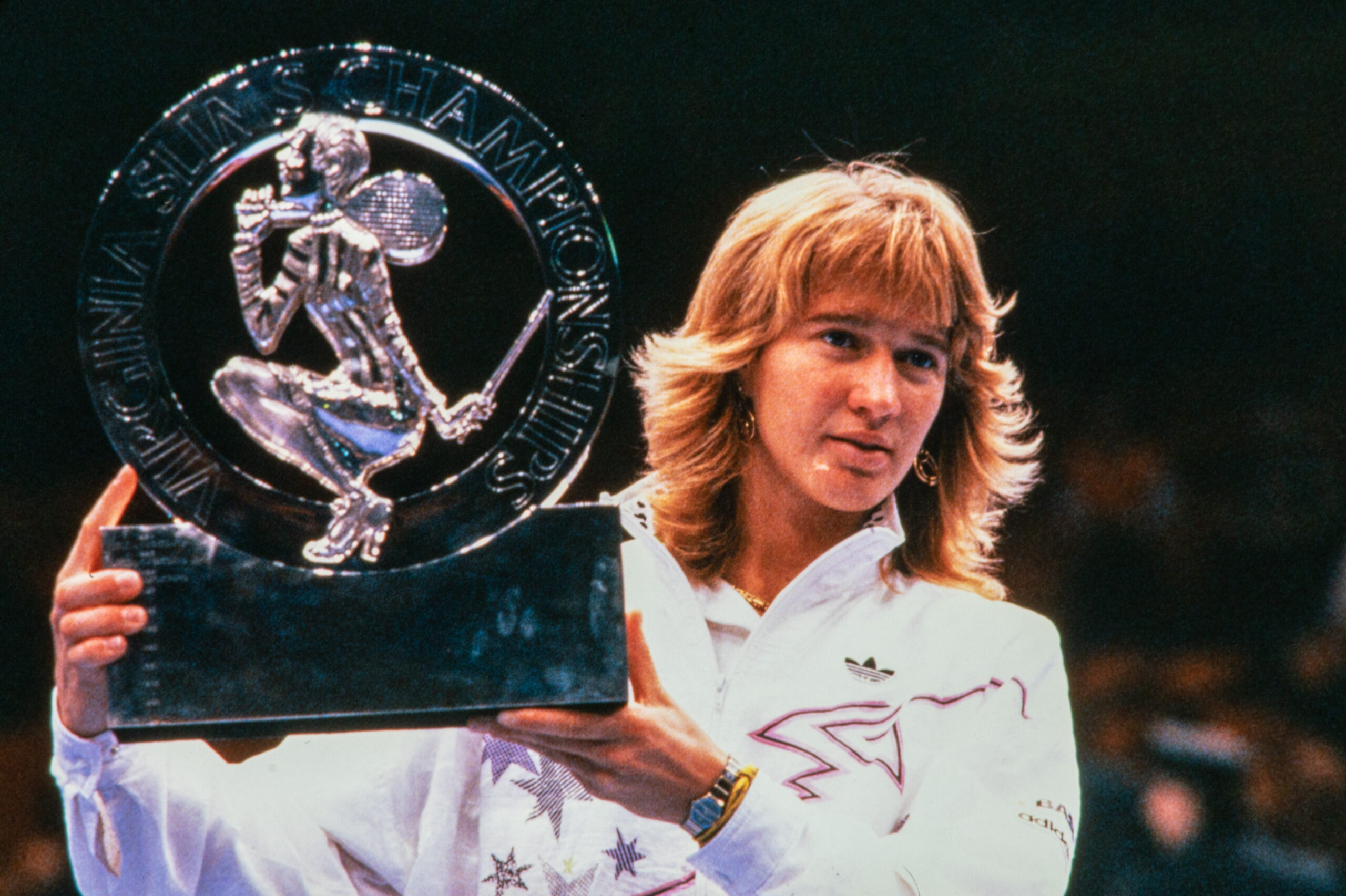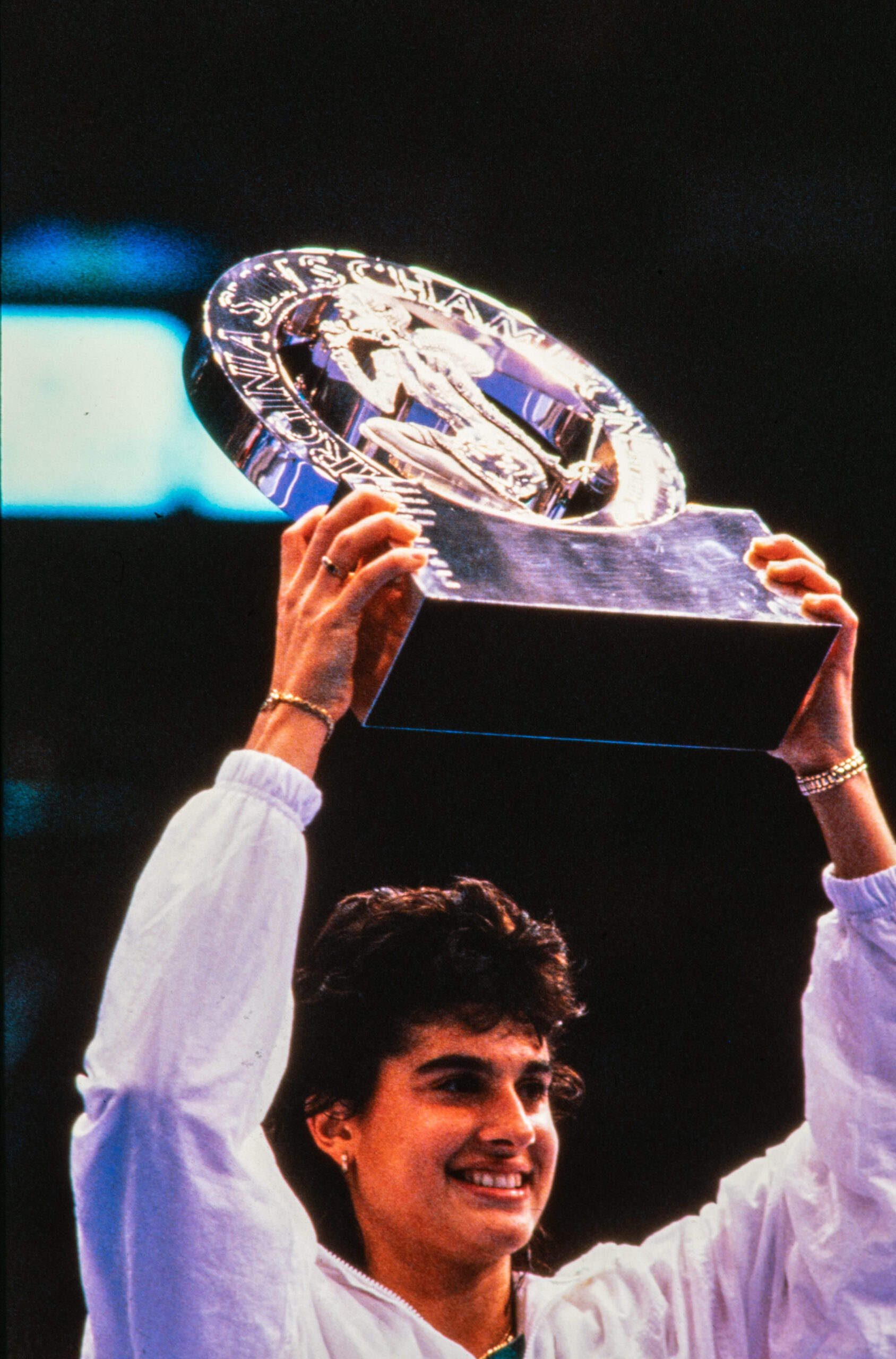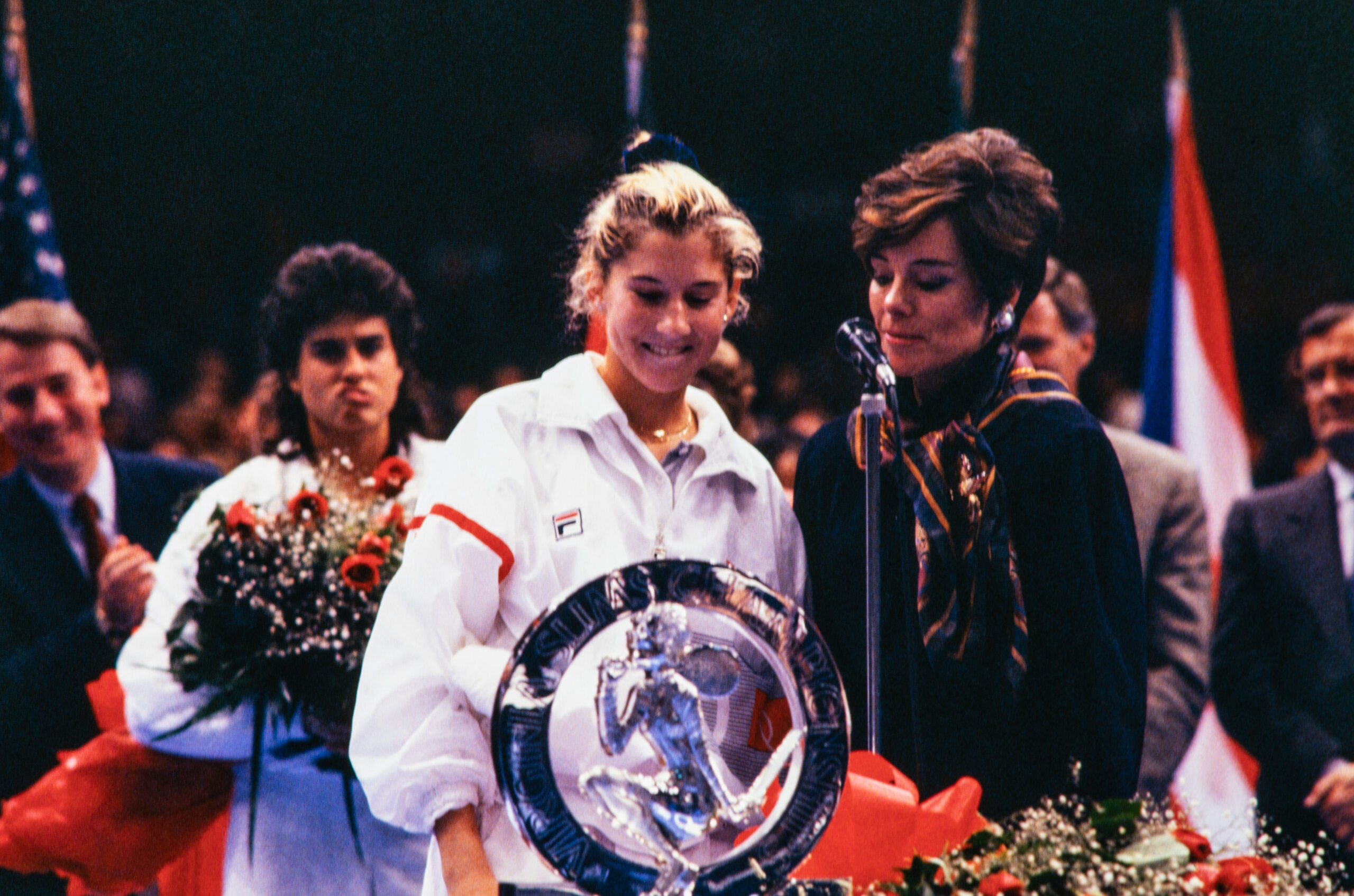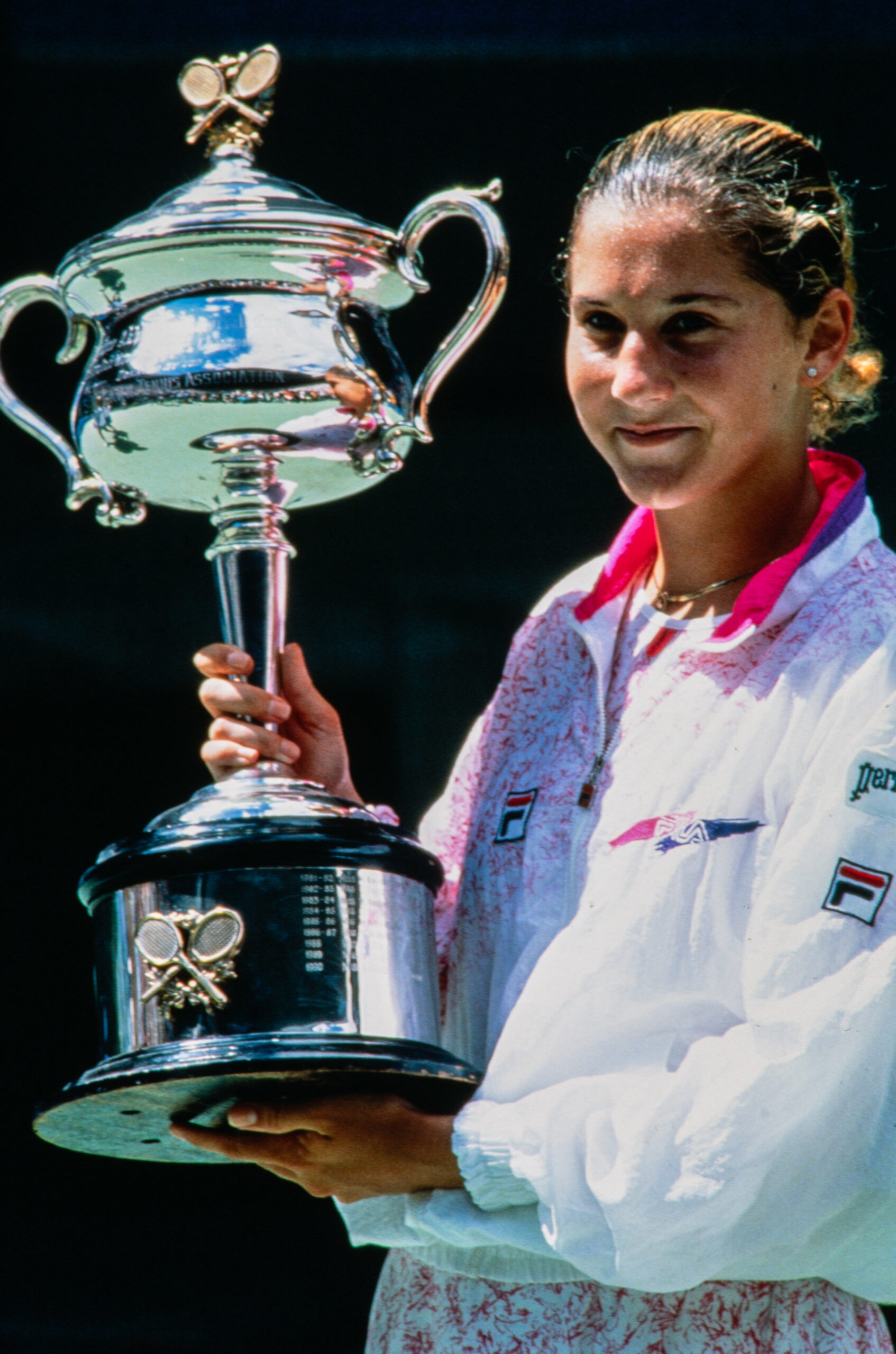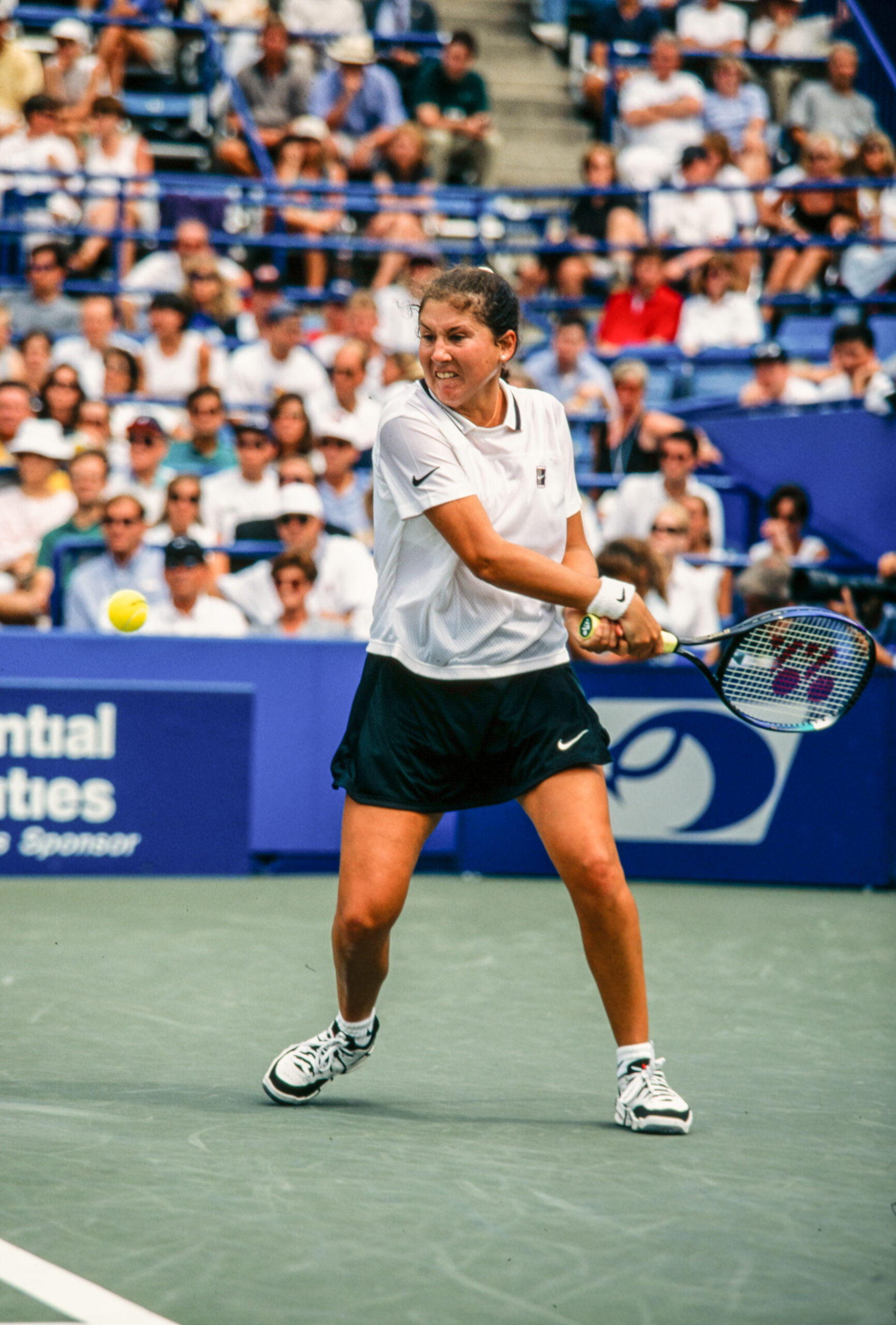Monica Seles’ Comeback
Although many tennis players face significant challenges on their path to success, Monica Seles was forced to deal with more severe hardships than the average player. However, the severity of her adversity made her triumphant comeback that much more inspirational.
EARLY DOMINANCE
Seles had quite the career when she broke onto the scene, becoming the youngest to win Roland-Garros, with her victory in 1990 at 16 years and 6 months old. This early success was not a fluke, as she went on to win six out of the eight majors in 1991-1992, reaching the ranking of World No. 1.
Photo courtesy of ITHF/Carol Newsom
During this period of dominance, she also won the Virginia Slims Tour finals three years straight, from 1990-1992, becoming a significant rival to the powerhouse Stefanie Graf.
Seles started off her 1993 season continuing with the victory streak, winning the Australian Open over Graf, which left her with a 3-1 record against Graf in the finals at the majors. By this point, she had won 8 majors, all before her 21st birthday, and the world was poised to see what greatness Seles would achieve and records she would break.
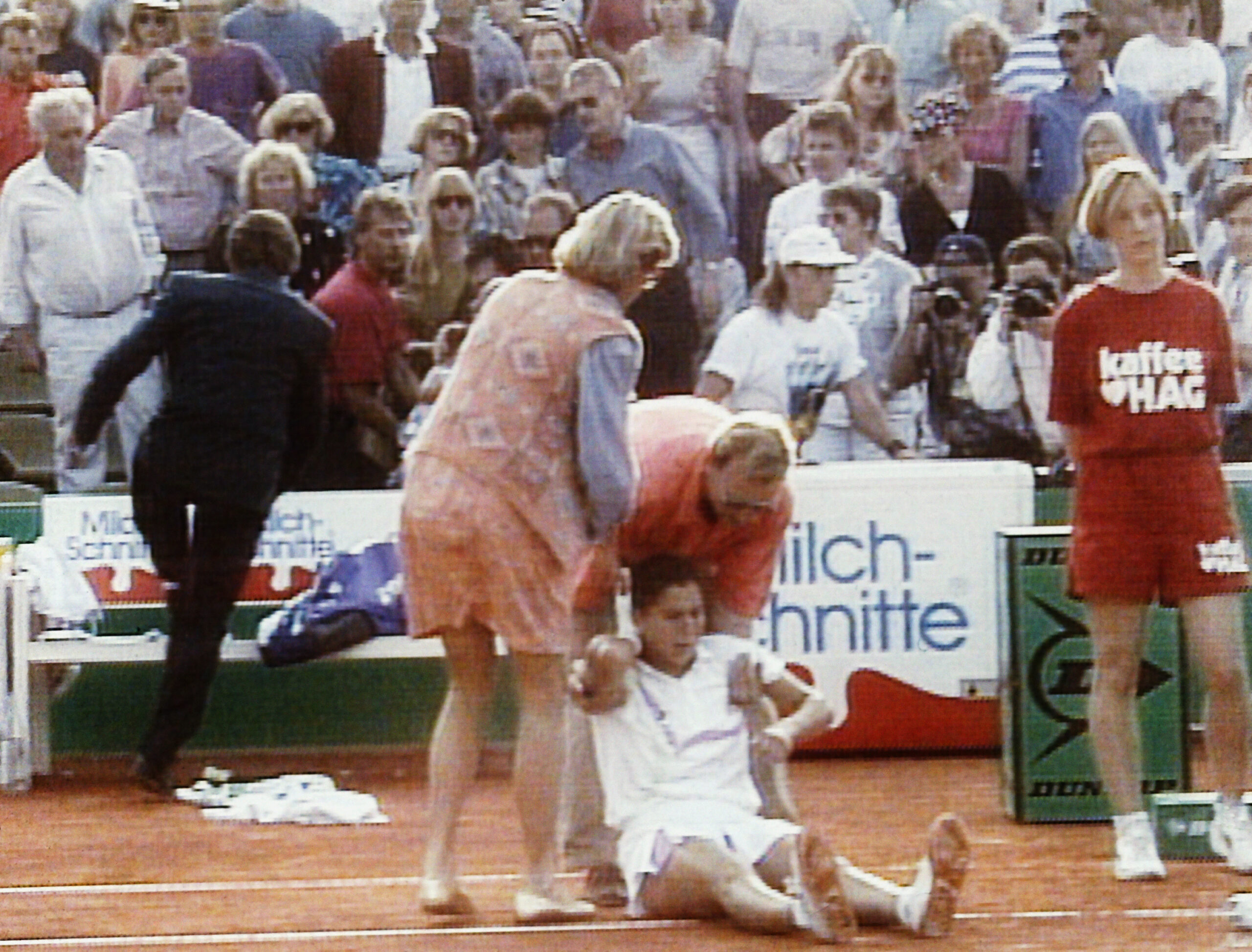
Then tragedy stuck. Between games at the Citizen’s Cup in Hamburg, Germany, a crazed fan of rival Stefanie Graf forced his way onto the court and stabbed Monica Seles in the back between her shoulder blades with a boning knife. Shocked fans and her teary opponent, Bulgarian Magdalena Maleeva, watched helplessly as Seles was swiftly taken to the hospital, clapping in support as she was stretchered off the court. Although the physical wound healed in a few months, the mental recovery from the trauma took much longer.
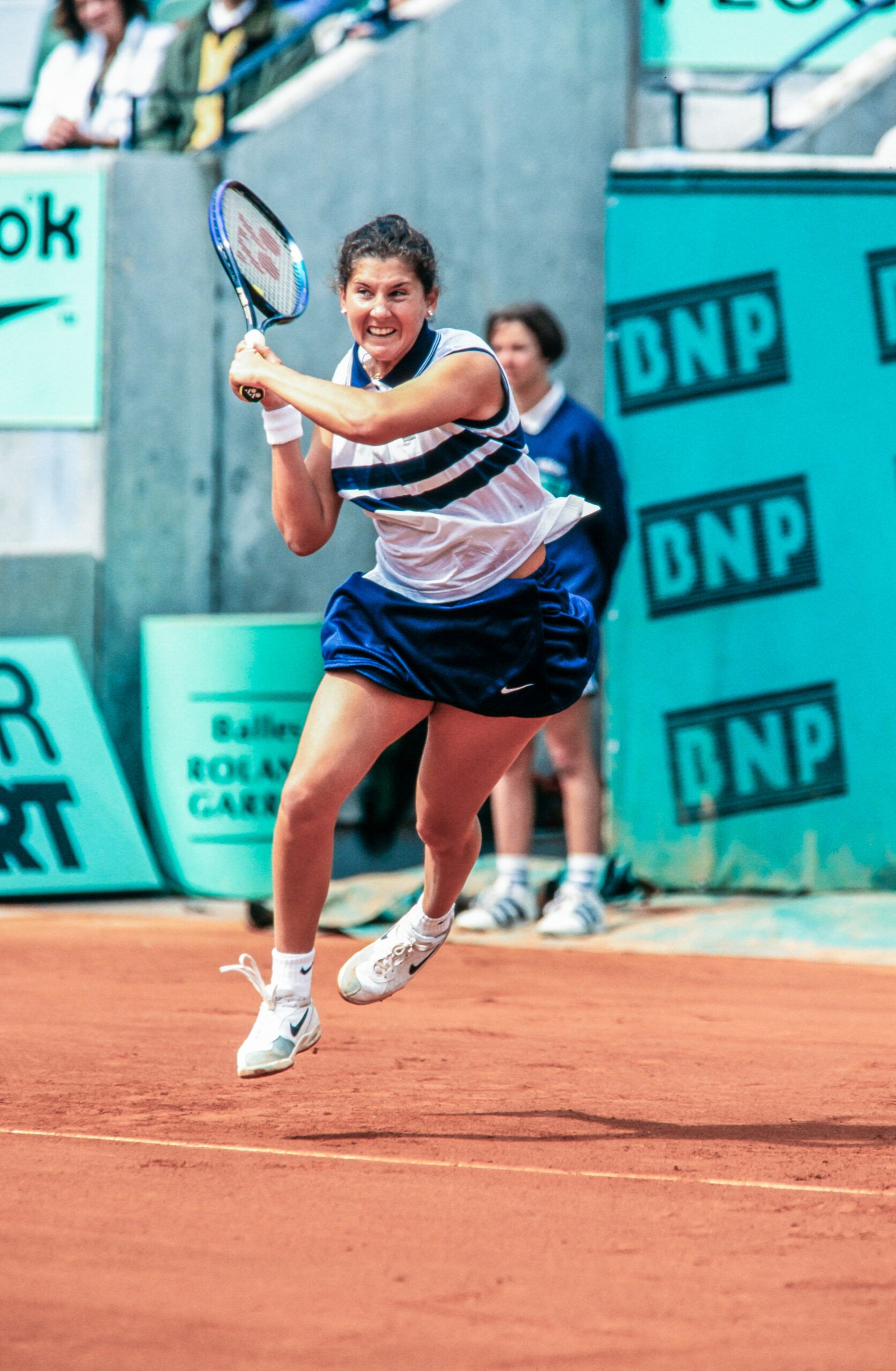
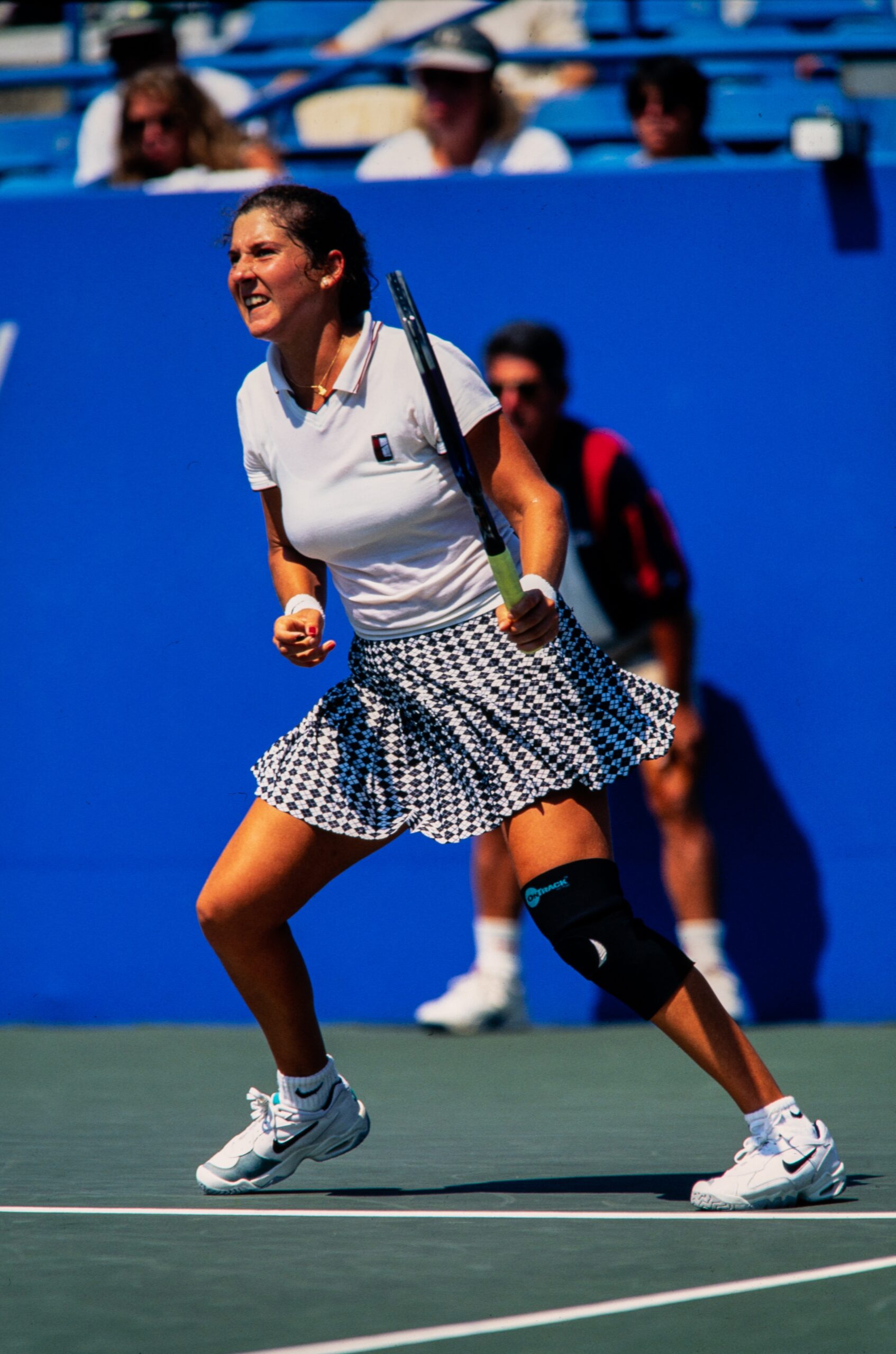
After more than a two-year break, Seles triumphantly returned to the tour, in August of 1995. In her first tournament back, the Canadian Open, Seles was victorious, dropping only 14 games on her way to the championship. She also reached the final of the US Open, falling to rival Graf.
As impressive as her 1995 comeback was, Seles kept building the momentum into 1996.
The crowning moment of her comeback came weeks later, at the Australian Open. Seles entered the tournament as the No. 1 seed, and defeated the 15, 13, 8, and 7 seeds on her way to victory. In the whole tournament, Seles only dropped one set, in the semifinal match. To win the title, Seles concluded her run by defeating German Anke Huber 6-3, 6-1 in the final. The celebration that followed, culminating in Seles being handed the iconic Daphne Akhurst Memorial Cup in triumph, signified much more than her ninth major title.
Not only is winning her ninth major singles title a significant accomplishment by itself, but the victory also stands as testament to her resilience and strength, and ability to overcome traumatic obstacles, thereby serving as an inspiration for many. Although some speculate about what Seles could have achieved if the stabbing incident had never occurred, her comeback is a more significant accomplishment than anyone would have ever anticipated.
Photo courtesy of ITHF/Carol Newsom
